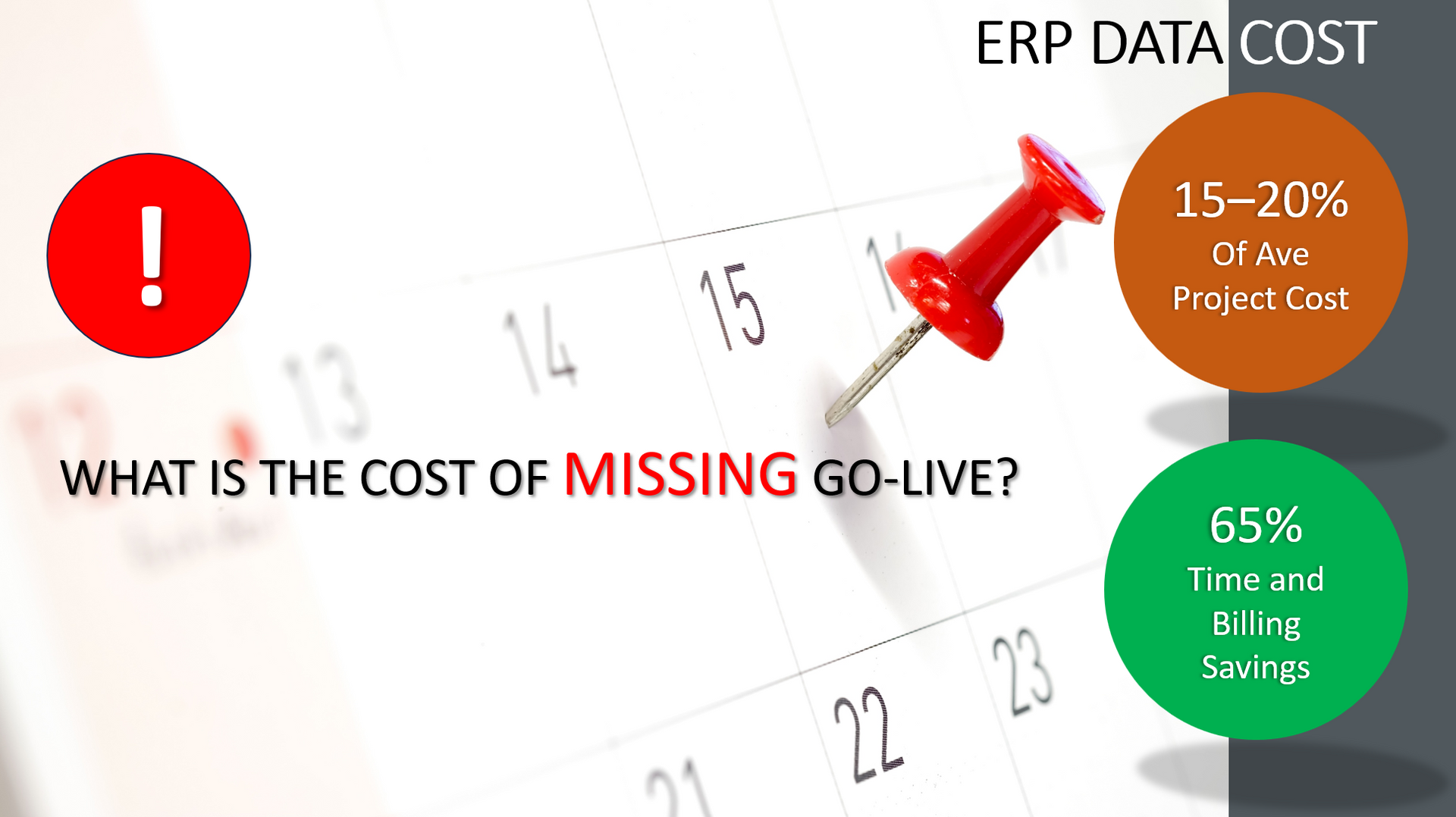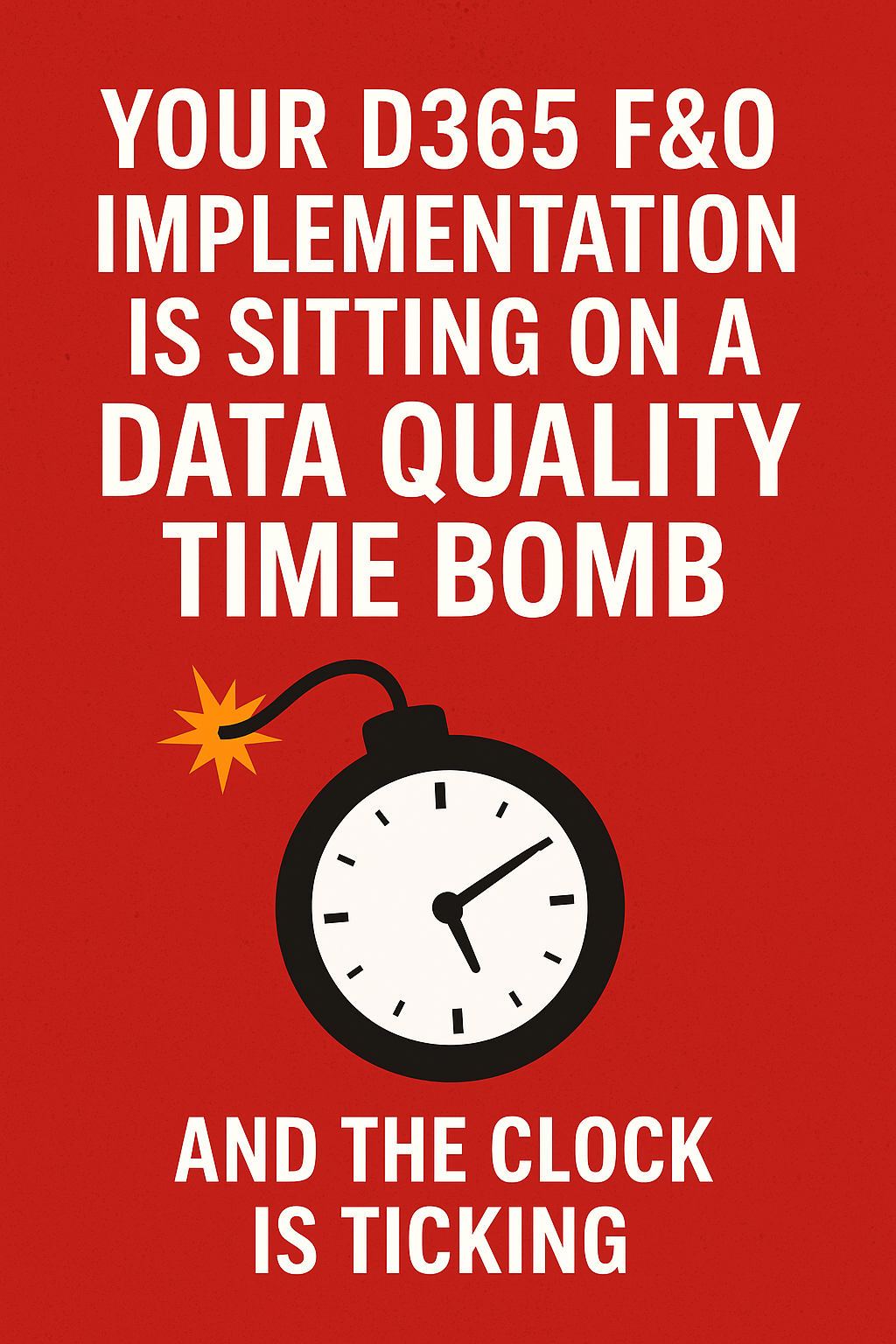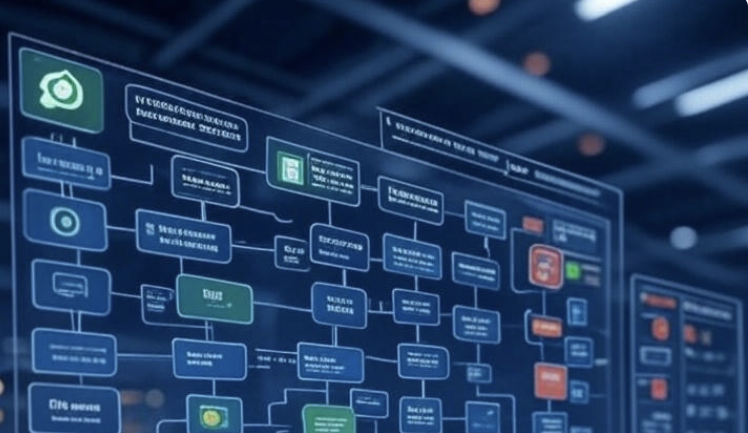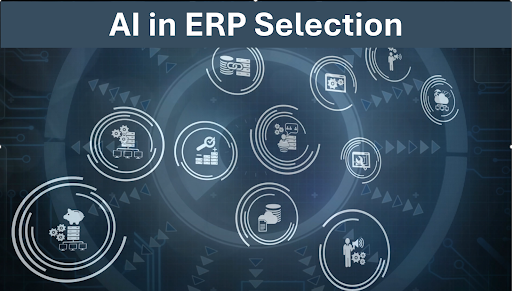ERP Data Quality and Implementation: Ensuring Long-Term Success
Importance of Data Health Assessment
Effective data management is the backbone of a successful ERP implementation. Beyond initial migration, maintaining data quality and navigating implementation challenges are critical to avoiding costly rework and operational chaos. This blog highlights strategies to ensure data integrity and a smooth ERP rollout.
We had a great conversation with the CEO Luciano Cunha of Data Tools company Staedean. Here is the summary of that conversation on ERP Data Quality, and outlining critical strategies to ensure a smooth pre and post go-live.
Ensuring Data Quality
1. Set Data Quality as a Core Pillar
Clean data at go-live is rare, studies suggest a single-digit success rate. Make data quality a non-negotiable project pillar by assigning a dedicated data lead and including readiness in go/no-go gates. Use AI tools for duplicate detection and mapping, but always include human validation to catch nuances.
2. Enforce Ongoing Integrity
Data degrades instantly with user entry or integrations. Implement real-time validation rules (e.g., required fields, cross-field logic) and monitor violations via dashboards. Schedule regular data health reviews to maintain integrity post-go-live.
Analogy: Treat data like a supercar, clean oil (data) is essential for peak performance.
3. Confront Duplicates Head-On
Engineers may defend duplicate parts as unique, but redundancy often hides in vendor-coded items. Use fuzzy logic and analytics to uncover duplicates and consolidate them. This streamlines operations and makes your data AI-ready for future scalability.
4. Include Data in RFPs
Many organizations overlook data quality in ERP RFPs, leading to rescue partner dependencies and costly cleanups. Explicitly require vendors to address data validation, migration, and integrity controls. This ensures accountability and aligns expectations from the start.
Avoiding Implementation Chaos
5. Navigate the “Fog of War”
ERP implementations often descend into chaos - dubbed the “fog of war” - due to unclear requirements and unaddressed data issues. Mitigate this by:
- Maintaining Team Continuity: Keep the same team from requirements to configuration to avoid miscommunication.
- Front-Loading Data Prep: Audit legacy data accessibility early and test with live data to catch issues before they escalate.
- Redesigning CoA Early: Finalize your dimensional chart of accounts pre-go-live, as post-go-live changes are costly and complex.
6. Avoid Unclean Data Imports
Importing unclean legacy data perpetuates errors and incurs remediation costs up to 10x higher post-go-live. Cleanse data before migration to prevent these issues and ensure a stable foundation.
The Bottom Line
ERP success relies on clean, trusted data and proactive implementation planning. By enforcing data quality and addressing challenges early, organizations can minimize crises and maximize ROI.
Call to Action: Include data quality in your ERP RFP, enforce validation rules, and maintain team continuity to ensure a smooth, cost-effective implementation.
#ERPDataQuality #ERPImplementation #ERPBestPractices #ERPDataMigration #DataMigrationStrategy #CleanERPData #DataCleansing #ERPGoLive #GoLiveSuccess #ERPChallenges #ERPProjectRisks #ERPDataManagement #MasterDataManagement
HandsFree ERP is dedicated to supporting clients with their ERP initiatives, enabling companies to seamlessly connect users with their ERP partners. By utilizing skilled professionals, streamlined processes, and cutting-edge tools, HandsFree ERP significantly boosts the success rates of ERP projects.













